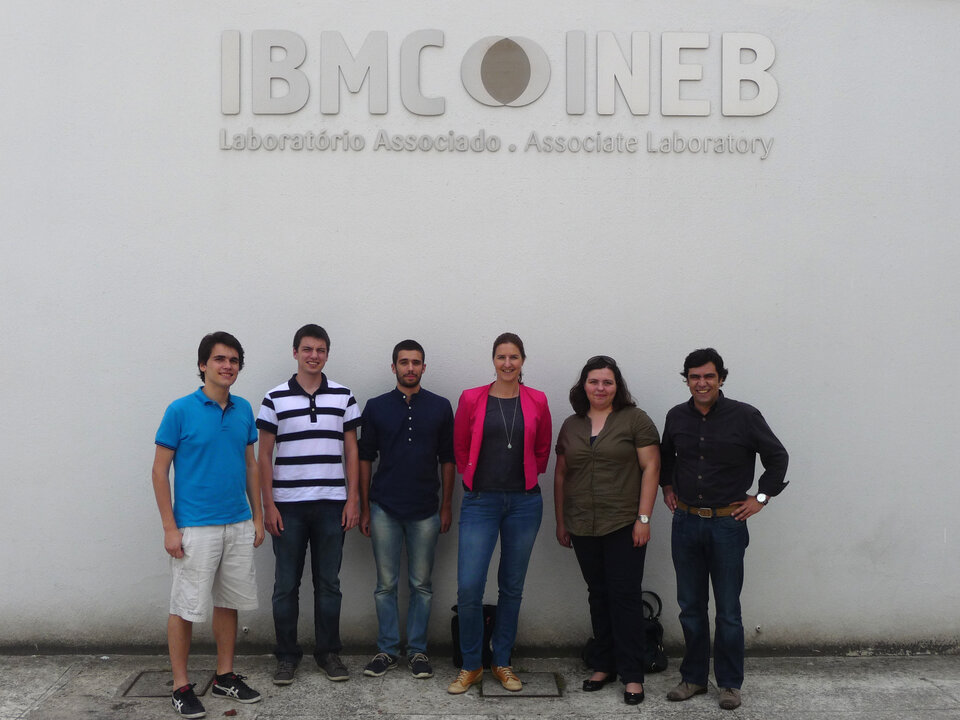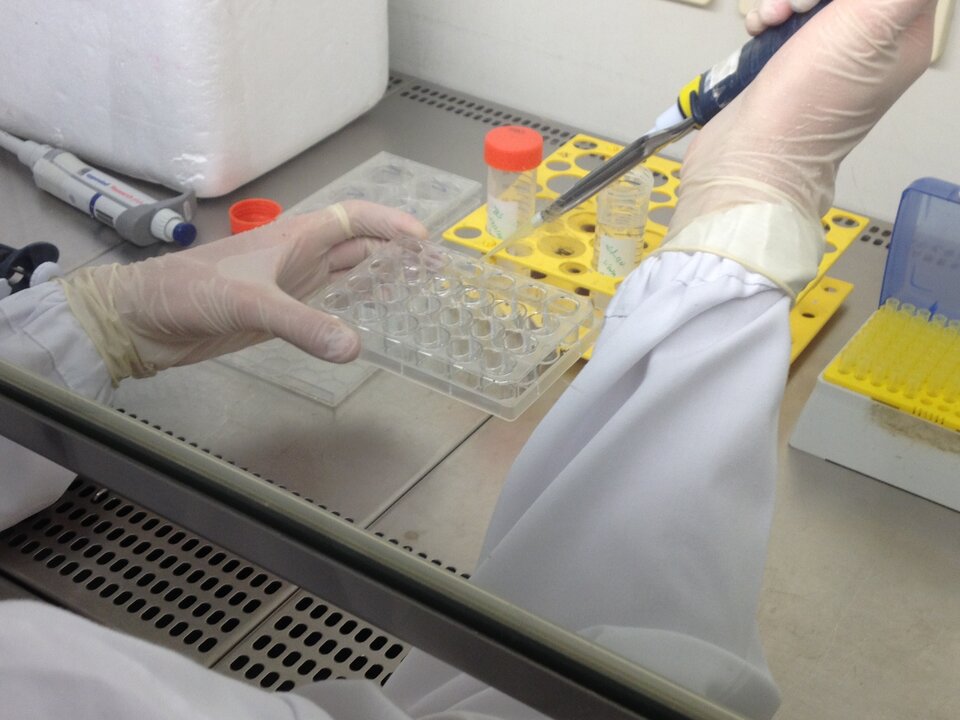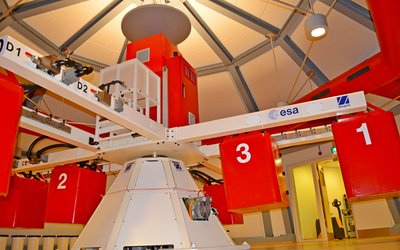Meet the teams: AngioGravity
The team is composed of three Master students from the University of Porto and one PhD candidate from the MIT Portugal Program. Their interest is focused on understanding angiogenesis, the formation of new blood vessels, under hypergravity conditions for tissue engineering applications.
![]()
![]()
![]()
Influence of hypergravity in the formation of blood vessels by endothelial cells for development of new regenerative medicine therapies![]()
| University | University of Porto |
| Endorsing professor |
Pedro Granja University of Porto |
| ELGRA mentor |
Kim van der Heiden Erasmus MC, Rotterdam |
| Team | Daniel Carvalho, Guilherma Aresta, Miguel Ferreira and Raquel Almeida |

Endothelial cells constitute the inner layer of blood vessels and exhibit behavioral changes in response to mechanical forces. Hypergravity is known to influence the cells. The team will investigate both the expression of adhesion molecules and cell morphology in 2D cell culture and at their ability to assemble into tubular structures similar to blood vessels in a 3D micro-environment. The formation of new blood vessels plays a crucial role throughout postnatal life in physiological (e.g. wound healing and the menstrual cycle) and pathological events (e.g. inflammatory diseases and tumor growth), as well as in tissue remodeling and regeneration.
Cells will be cultured both in 2D over polystyrene cover slips coated with gelatin or on top of a 3D matrigel matrix. They will be incubated for 4h or 16h inside the LDC gondola under 3g or 10g hypergravity conditions.

Their strategy is to look at angiogenesis from two different orientations to find out what happens while endothelial cells experience hypergravity and whether pre-stimulating endothelial cells with hypergravity alters their ability to generate tube-like structures under normal, 1g, gravity. The project might provide new insights to the vascularization process and can eventually lead to the development of new regenerative therapies.
Read the final experiment report here.






